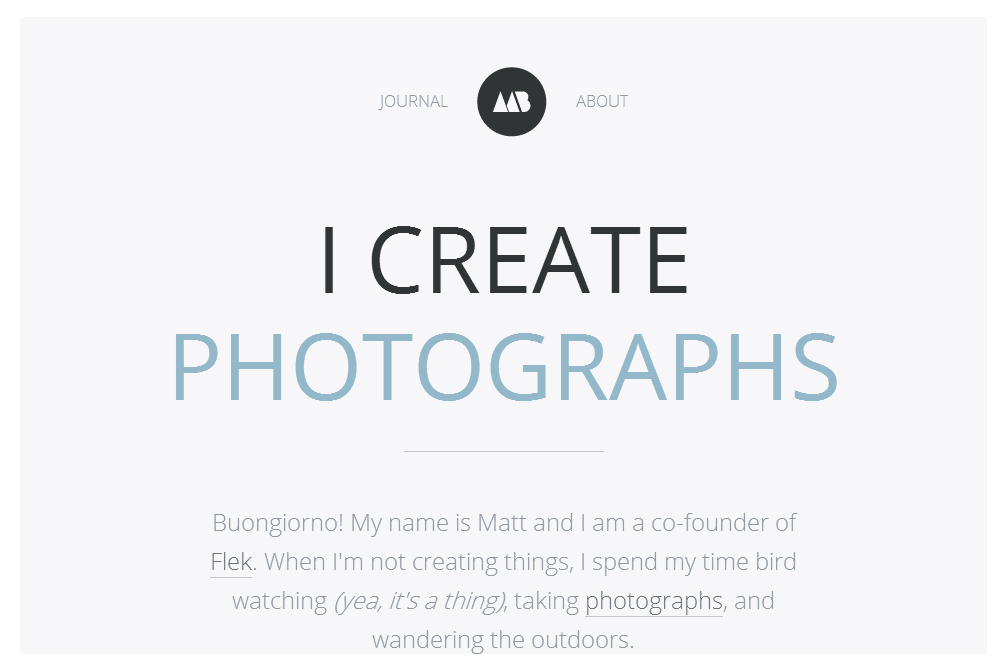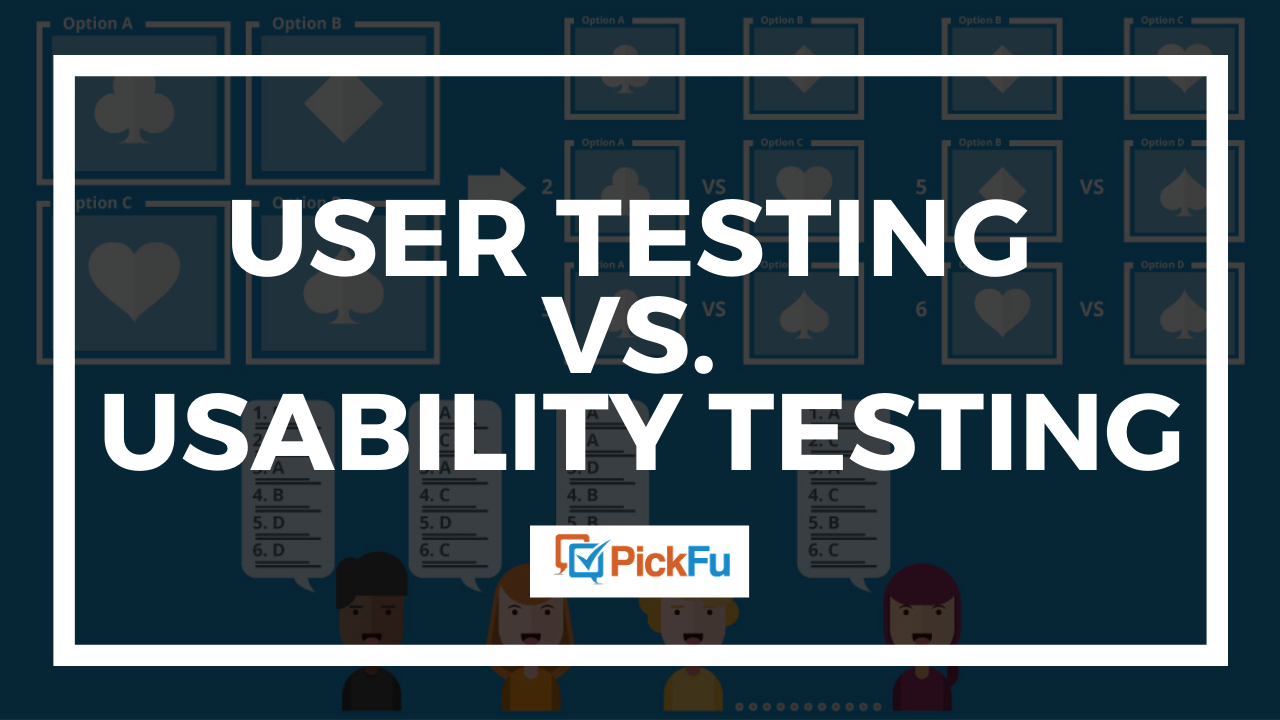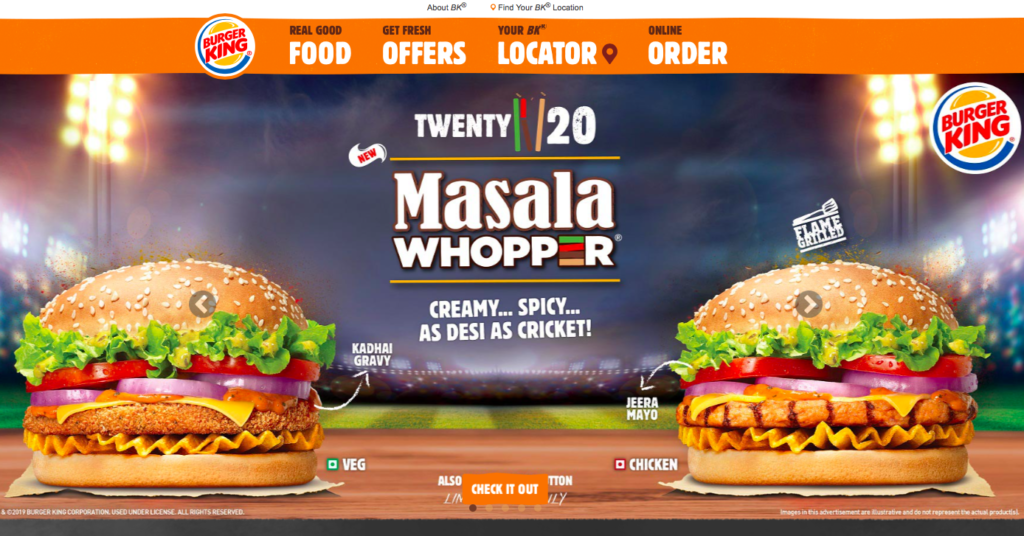
Web designers shouldn't ignore desktop traffic, even though there is a greater emphasis on mobile-friendliness. About 75% of internet users use desktop computers, with a decline in mobile users between 2020 and 2021. While the most important screen size for mobile devices in terms of screen size is 360x640, desktops still account for a large portion of internet use. Here are some tips to help you understand how important it is to adjust web design for mobile devices.
Media queries
Media queries can help you create websites that are responsive to different screen sizes. Media queries allow you to modify the color or text of your body text depending upon the viewport. You can use media queries by opening the source of the page using your browser. You can also choose minimum and maximum values. We'll be discussing how to create a responsive layout using media queries in this article.
It is easy to adjust the layout by using media queries. The most commonly used page widths include 320 px (768 px), and 1200 px. These sizes are sufficient for desktops, tablets, and smart phones. However, if your screen is larger than the above standards, you may need to change the appearance of your site. CSS can be used for adapting the layout of your site to accommodate different screen sizes.

Types of media
CSS media queries are required to create responsive layouts. In HTML, media queries first appeared in CSS2.1 and HTML4. They are the tools that let you set separate styles for print and screen sizes. CSS3 allows you to use media queries in CSS3 today to display a different layout according to the device's width.
First, define the minimum width for each screen to choose the perfect size website. This width is usually around 360px. However, it could be as wide or as large as 500px. You can calculate this width using a readability analysis. This theory suggests that the ideal column length should be between 70-80 character per line or eight to ten English words. After the text block is at this size, add a breakpoint.
Meta viewport
You can serve the same URL to a variety of devices using a meta viewport tag. This allows you maintain consistency across all devices. By detecting the visible window size of a browser and delivering content accordingly, a responsive site can serve the same URL to users across all devices. To adjust the page's width according to the device, you can also use a viewport component. By doing this, your page will automatically scale to fit the device's width.
The viewport metatag tells the browser what page to display. It instructs the browser how to scale or resize your page to suit the device. The device-width tag is the most preferred option. It calculates the screen's width using CSS pixels. The browser's zoom level when the page is opened by the user will be determined by the values of the meta-viewport tag. These values maintain a 1:1 relationship with the viewport's width. The browser automatically adjusts to suit the user's location when they orient the device.

Fluid image use
To use fluid images in responsive web design, it is important to first understand their operation. Images are the most important element of a webpage and must load first. Browsers first scan pages for image URLs in order to load external CSS and build the DOM. Images can be very large so the browser should first measure the image source to determine the best crop. This problem can be addressed best with a fluid image.
If you are using a fluid image in a responsive web design, you should consider the following: Depending on the width of the viewport, the image's size will be resized. Ideally, a small screen image would span the width of the viewport, and a large screen image would take up a smaller proportion. Fluid layouts require images that can stretch to accommodate changes in size and support varying resolutions. Fluid images can be created with a variety of image formats, but newer formats like WebP are not widely supported by browsers.
FAQ
Do I choose WordPress or a web builder?
The best way to build an effective web presence is to start small. If you have enough time and resources, build a site. But if you don't have these resources yet, starting with a simple blog might be the best option. As you develop your website design skills, you can always add additional features.
It is essential that you have a primary domain name before you can start your first website. This will provide a point to which you can publish content.
Are you a technical person who wants to design and build a site?
No. You just need to be familiar with HTML and CSS. You can find tutorials online for HTML and CSS.
What is the cost of building a website?
The answer depends on what you are trying to achieve with your website. Google Sites, for example, might not be necessary if you are merely looking to share information about your business or yourself.
But if your goal is to attract visitors to a website, it's likely that you'll need to invest in something more robust.
The best option is to use a Content Management System, such as WordPress. These programs let you create a website with no programming skills. The sites are hosted by third-party businesses, so there is no risk of your site being hacked.
Another way to build a website is to use a service called Squarespace. They offer a variety of plans ranging from $5 per month to $100 per month, depending on what you want to include on your site.
What is a responsive website design?
Responsive Web Design, also known as RWD, is a way of designing websites so that content displays on all devices. This includes desktop computers, tablets (tablets), smartphones, etc. This allows users to view a website on one device simultaneously but still access other features such as navigation menus, buttons, etc. RWD is intended to ensure that any user viewing a site views the exact version on their screen.
Consider, for instance, that you're building a website for an eCommerce company and your products are sold primarily online. It is important to ensure that your website can be accessed on any device, including a smartphone.
Responsive websites will adjust their layout according to the device that is being used. A website that is viewed on your laptop will display the same way as a desktop website. The page will look completely different if it's viewed on your smartphone.
This means you can make a website that looks amazing on all types of devices.
How to Create a Static Website
Two options are available when you create your first static web site.
-
Using a Content Management System (a.k.a. WordPress: Download this software and install it to your computer. This will allow you to create an essential website.
-
How to Create a Static HTML Website. In this instance, you will need to write your HTML/CSS codes. This is easy if you know HTML.
A professional may be able to help you create a large website.
You should start with option 2.
What Should I Add to My Portfolio?
These should all be included in your portfolio.
-
Example of your work.
-
Link to your website (if possible).
-
You can also find links to your blog.
-
These are links to social media sites.
-
Here are links to portfolios online of other designers.
-
Any awards you've received.
-
References.
-
You can also send us samples of your work.
-
These links show how to communicate with clients.
-
Links showing you're willing to learn new technologies.
-
These links show that you are flexible.
-
Your personality is displayed in the links
-
Videos showing your skills.
Statistics
- In fact, according to Color Matters, a signature color can boost brand recognition by 80%. There's a lot of psychology behind people's perception of color, so it's important to understand how it's used with your industry. (websitebuilderexpert.com)
- It's estimated that in 2022, over 2.14 billion people will purchase goods and services online. (wix.com)
- It enables you to sell your music directly on your website and keep 100% of the profits. (wix.com)
- Is your web design optimized for mobile? Over 50% of internet users browse websites using a mobile device. (wix.com)
- Studies show that 77% of satisfied customers will recommend your business or service to a friend after having a positive experience. (wix.com)
External Links
How To
How can you tell which CMS is better?
There are two types of Content Management System. Web Designers can choose between static HTML or dynamic CMS. The most popular CMS is WordPress. Joomla! is an excellent CMS for making your site professional and well-organized. Joomla is an open-source CMS which allows you create any design website without needing to know any coding. It's easy and quick to install. Joomla has thousands of pre-made templates and extensions that can be used to create your website. In addition, Joomla is free to download and use. Joomla is an excellent choice for your next project.
Joomla is an excellent tool for managing all aspects of your website. It features a drag & dropped editor, multiple template support as well as image manager, blog management, blog management, news feed and eCommerce. Joomla's many features make it a great option for anyone who doesn't want to spend hours learning code.
Joomla supports all devices. You can easily create websites for multiple platforms with Joomla.
There are many reasons Joomla is preferred over WordPress. Some of them include:
-
Joomla is Open Source Software
-
It's simple to install and configure
-
Thousands of Ready-Made Templates and Extensions
-
It's free to download and use
-
Supports Almost All Devices
-
Amazing Features
-
Solid Support Community
-
Very Secure
-
Flexible
-
Highly customizable
-
Multi-Lingual
-
SEO Friendly
-
Responsive
-
Social Media Integration
-
Mobile Optimized